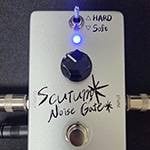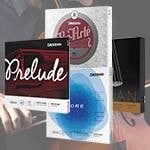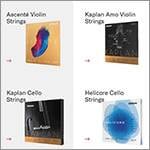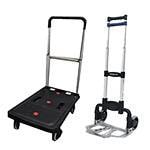Hello.
In recent years, guitars have been fitted with a wide variety of parts such as machine heads, bridges, and pickups from an array of manufacturers in order to respond to the diversification of music genres and improve playability.
Along with this, the shape of the body and neck have also been modified with various innovations.
Among these, this time I would like to focus on the fretting.
It's not the most outstanding part of the guitar, but it's also a very important part of playing a guitar or bass.
There are many types of frets, so let's take a look at the fretting of various guitars.
First up is the Martin D-35. Martin is a world-renowned guitar manufacturer that even non-guitar players know is famous.
The stylish D-35 has a three-piece back wood, which I personally like because it feels more luxurious than the two-piece 28, but it seems that it was originally made as a three-piece since over time it has become more difficult to obtain wood in larger widths.
It's a limited resource and we have to use it carefully.
This is a famous guitar and there are many people who know more about it than I do, so let's have a quick look at the fret side.
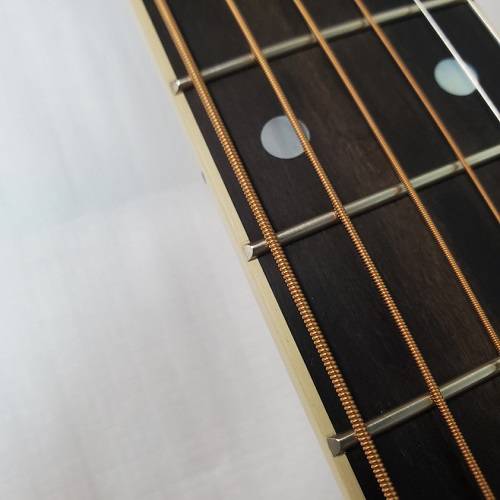
The frets have been carefully made to be slanting down, which is excellent for playability and it looks great!
And the fingerboard wood is very beautiful. As you would expect from a world-class guitar maker.
The fretting that I’m going to introduce later is a kind of development of this diagonal drop, so I’ll show you the Martin guitars first.
Please take a look at the fretting so that you’ll get an idea as to how the frets are like for the guitars that I’m going to show you.
Fender / American Ultra Luxe Stratocaster
This guitar has an original Floyd Rose bridge, medium jumbo frets, Ultra Noiseless Hot single-coil and Ultra Double Tap pickups. The guitar has a metal feel to it.
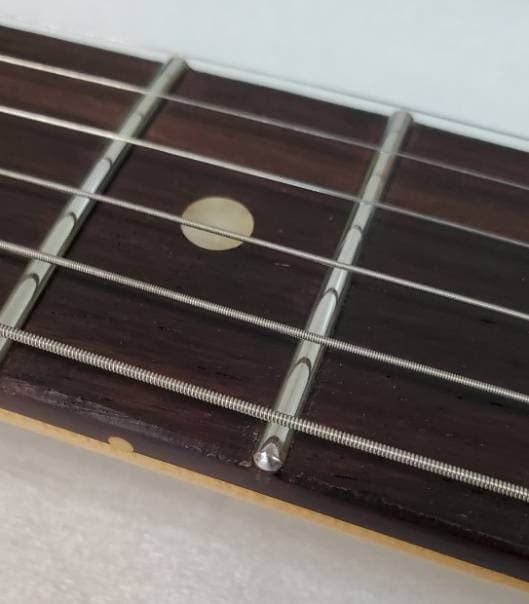
The sides of the frets are ball-edged and rounded.
The fretting gives the impression of being used by many manufacturers of so-called high-end guitars. The corners of the frets are nicely rounded, so playing with a grip on the neck or a slide technique is not laborious.
The fretting process is actually quite time-consuming and tedious.
Many FENDER guitars have a diagonal drop, but this one has carefully rounded sides, which shows the skill of the craftsman who made it.
This model is supervised by the well-known super bassist Marcus Miller.
His Jazz Bass with the big pickguard and pickup fence is impressive, isn't it?
The Sire model has a Jazz Bass style body and control panel, but it also has a 3-band EQ and an active/passive switch, so it's a model with a lot of Marcus Miller's attention to detail.
A pickup fence is also included.
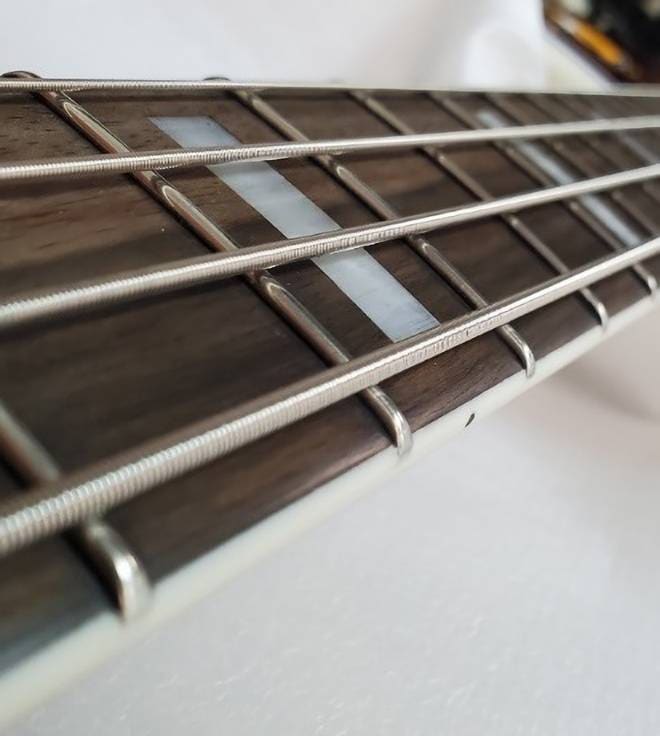
The fretboard sides are quite distinctive.
It is rounded from the grip of the neck to the side of the fingerboard and the frets.
The neck grip and frets are rounded in such a way that they become one piece, rather than rounding the entire fretboard like a ball-edged fretboard, so the fretboard fits better in your hand when you grip the neck.
When we hear about signature models and whoever supervised the building of the guitar, we tend to focus on the appearance and parts, but I feel that Marcus Miller's attention to detail is also evident in his work.
When we think of Yamaha, we think of acoustic guitars! In recent years, Pacifica may have received a lot of attention due to the influence of a certain anime, but this Revstar is packed with features and specifications that are as good as Pacifica's. The difference is the chamber processing on the body.
The differences include the chambering of the body (hollowing out the wood of the body) and the use of the 5-way switching, but the most notable feature is the focus switch! This is the main difference between the Revstar and the Pacifica.
A push/pull switch is attached to the tone knob, and pulling it up boosts the midrange.
It also uses a small power transformer, so no batteries are needed.
This is a feature that has never been seen on guitars from the many other manufacturers around, so you could say that it is the one and only special feature of the Revstar.
By the way, the RSE, which is one grade lower, has a drive switch (for brightening the tone) instead of a focus switch.
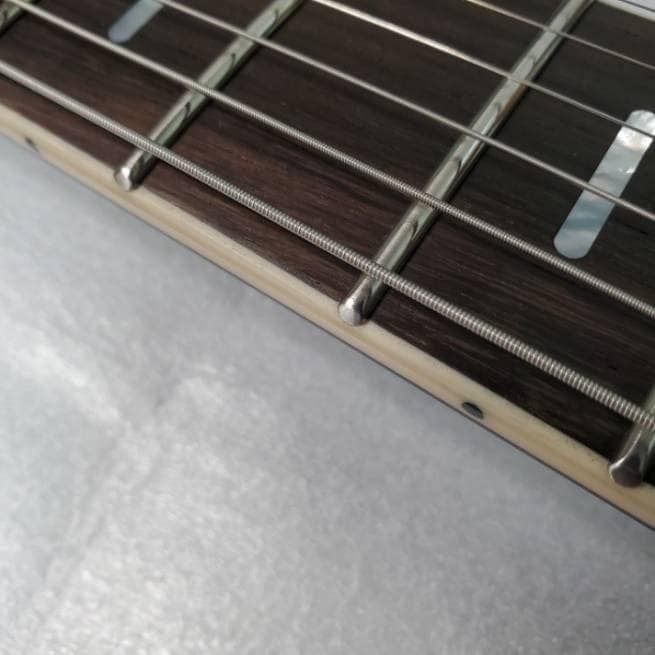
Introducing the instrument itself got a bit long, but let's take a look at its frets. Is the fret side of the fretboard more average compared to previous models?
No way, the angular part of the fretboard has been removed and the top part is well rounded. I think it is quite cost-effective to have so much craftsmanship in this price range.
In addition, the fingerboard is cell bound, so it looks good and is nice to play on.
The chamber processing, focus switch, and other features give the instrument a unique character, while at the same time keeping the playability in check, which is what you would expect from long-established Yamaha.
Now that I have introduced the fretting of four guitars, how did you like them?
There are many other ways to fret a guitar, so please do your own research on the internet, or visit a music shop to find out more.
It should be very addicting.
Also, when you buy an instrument on an internet shopping site like Sound House, it is difficult to get a good look at the fretting, so I will be happy if you could use this article as a reference.
Come back again to the Sound House Staff Blog!
Goodbye.





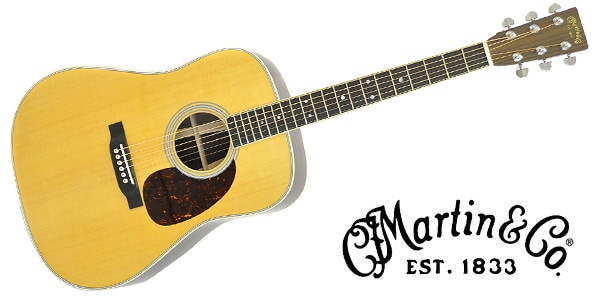
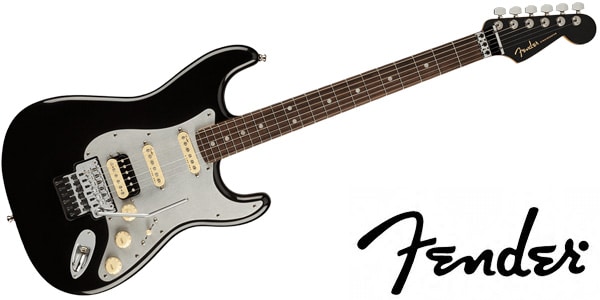
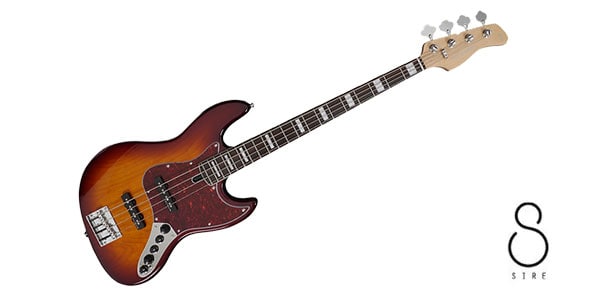
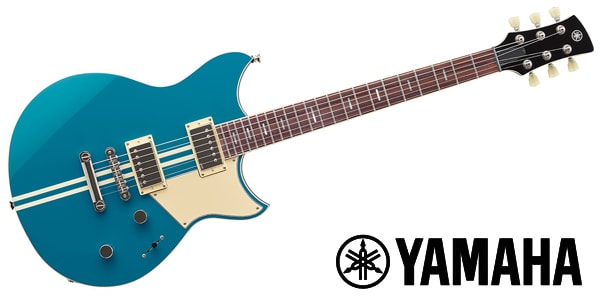





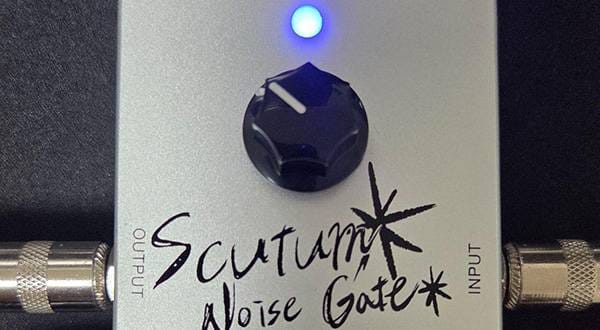
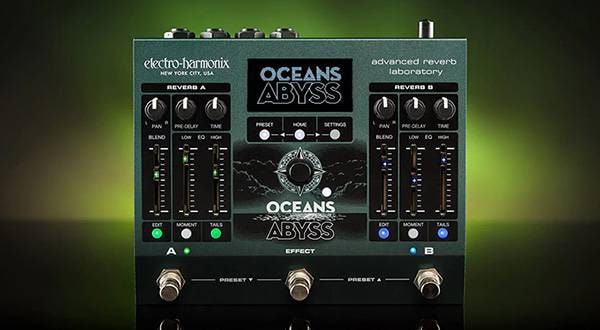

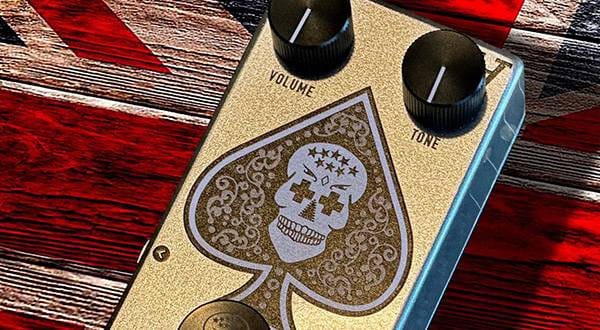
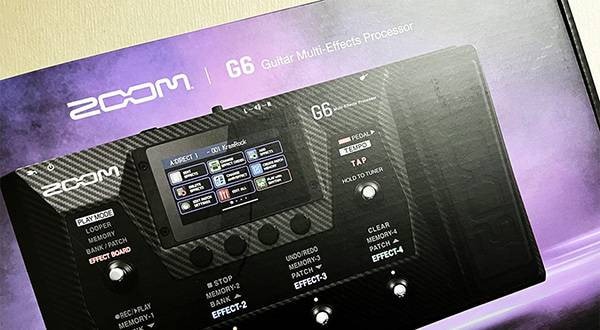
![Fret Cleaner Recommendation: If You’re Unsure, Just Buy This! [Music Nomad MN104]](/contents/uploads/thumbs/5/2022/11/20221129_5_20220_1.jpg)
![[For Beginners!] Top 5 Acoustic Guitars for First Instruments](/contents/uploads/thumbs/2/2022/8/20220802_2_18814_1.jpg)
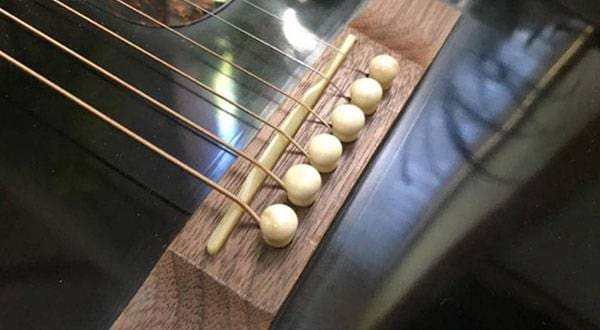



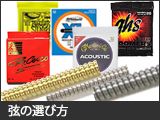 エレキギター弦の選び方
エレキギター弦の選び方
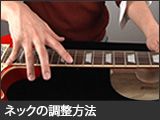 ネックの調整方法
ネックの調整方法
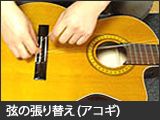 弦の張り替え(アコースティックギター)
弦の張り替え(アコースティックギター)
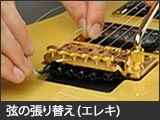 弦の張り替え(エレキギター)
弦の張り替え(エレキギター)
 ギターのお手入れ
ギターのお手入れ
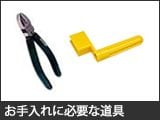 お手入れに必要な道具
お手入れに必要な道具
